8 Antique Sculptures and Figurines Collectors Love
Antique sculptures and figurines have long been cherished by collectors for their craftsmanship and historical value. These pieces often hold a rich story, connecting us to different periods and cultures. Whether they are small figurines or larger statues, each one is a reflection of its time. Many collectors are drawn to the intricate details that make these pieces stand out. If you are passionate about art and history, learning more about these treasures is a must.
This post may contain affiliate links, which helps keep this content free. Please read our disclosure for more info.
Meissen Porcelain Figurines
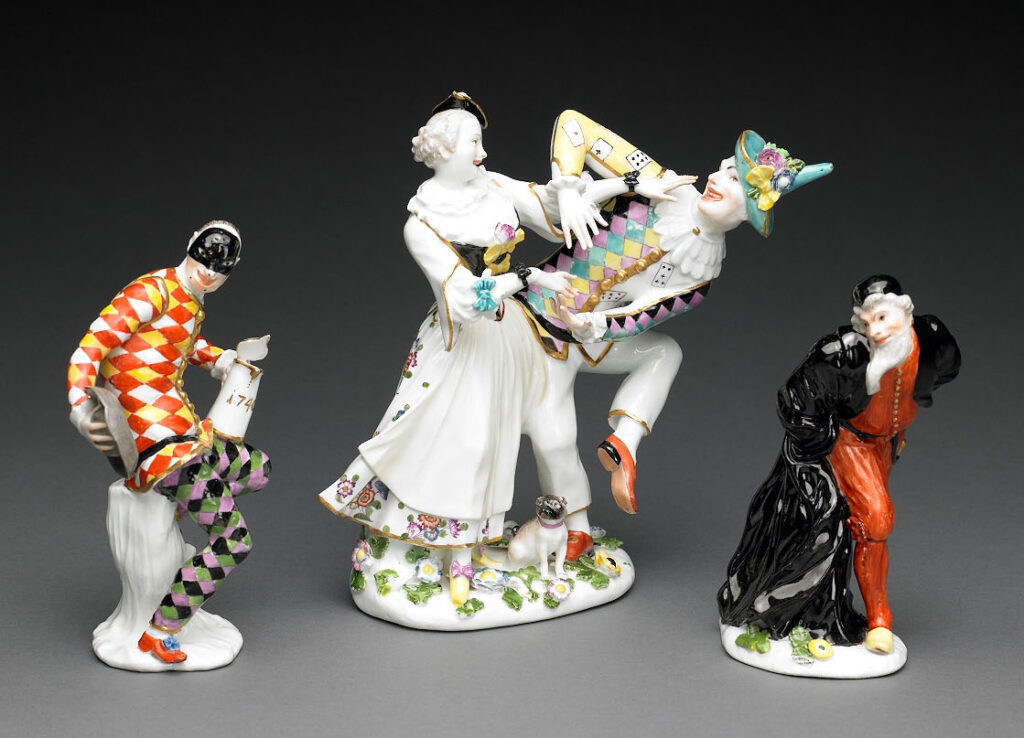
Meissen porcelain figurines are among the most sought-after collectibles in the world. These figurines, often depicting animals or historical figures, were first created in the early 18th century in Germany. Known for their intricate details and delicate craftsmanship, they have been a staple in fine collections for centuries. Many collectors are drawn to their beauty and rarity, with some pieces reaching extraordinary prices at auctions.
The production of Meissen porcelain marked a turning point in European ceramics. Meissen’s mastery of porcelain techniques set the standard for high-quality ceramic art. These figurines were originally created for the royal courts of Europe, making them even more desirable to collectors today. Their timeless elegance continues to captivate collectors, both seasoned and new.
Lladro Figurines
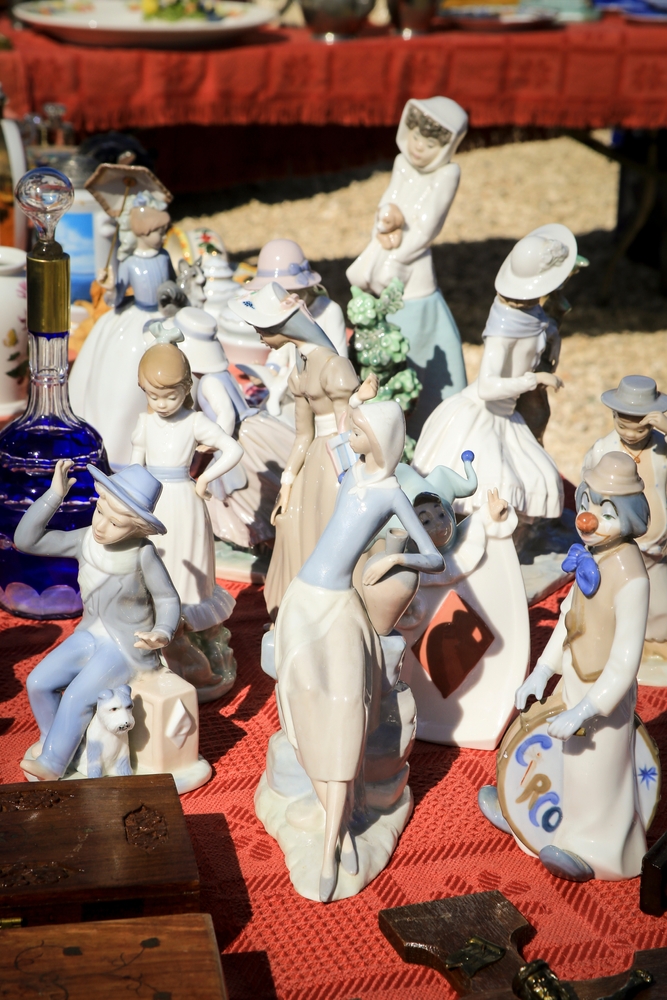
Lladro figurines, produced in Spain, have been a favorite among collectors since the 1950s. Known for their elegant and serene designs, these porcelain figurines often depict scenes of everyday life, nature, or religious themes. Each piece is hand-painted with exquisite detail, giving it a sense of warmth and sophistication. Lladro’s popularity grew rapidly, and today, some of the older pieces are highly valued.
The company’s commitment to quality and artistry has made Lladro a symbol of luxury in the world of collectibles. Its figurines often depict idealized beauty and harmony, making them perfect for those seeking elegance in their collection. Lladro’s signature style includes soft, muted colors and smooth, graceful forms. These figurines continue to be highly sought after by collectors worldwide.
Bronze Statues by Rodin
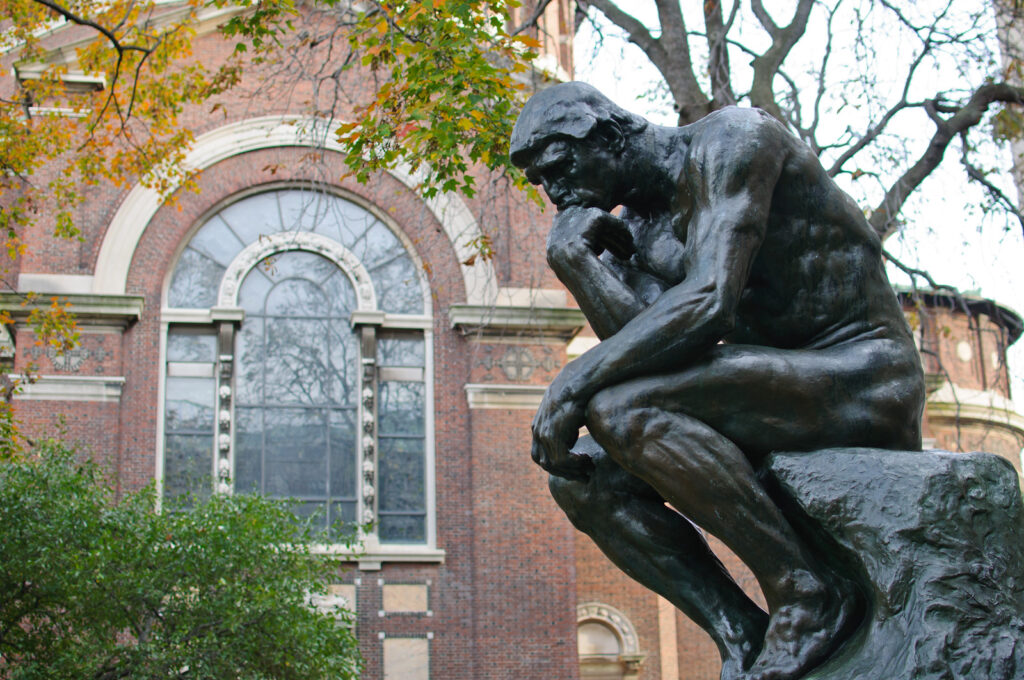
Auguste Rodin’s bronze statues are some of the most celebrated works of art in the world. Known for their dramatic, lifelike forms and emotional depth, these statues often convey complex human emotions. Rodin’s pieces, such as “The Thinker” and “The Kiss,” are iconic and continue to inspire awe in collectors and art lovers alike. The use of bronze lends a timeless quality to these pieces, ensuring their place in both public and private collections.
Rodin’s work was revolutionary for its time, as he was among the first to capture the human figure with such raw emotion and dynamic movement. His statues often depict figures in mid-motion, offering a sense of life and energy. Collectors value these pieces not only for their artistic merit but also for their historical significance. A Rodin statue is more than just a piece of art, as people also consider it a symbol of human expression and creativity.
Meiji Period Japanese Figurines
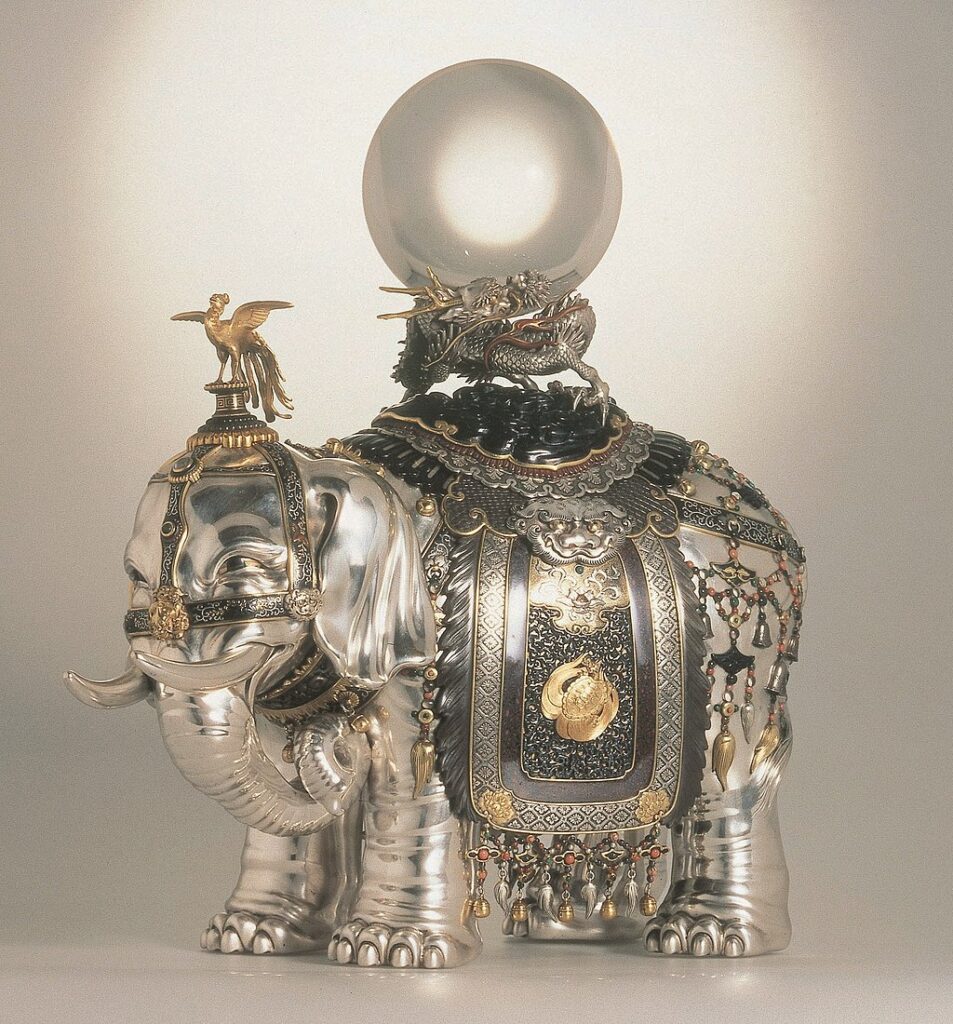
Japanese figurines from the Meiji period (1868-1912) are highly valued by collectors for their unique craftsmanship and intricate designs. These figurines often depict traditional Japanese subjects, such as samurai, geishas, or animals, made from materials like porcelain and bronze. The attention to detail and vivid coloration of these pieces reflect the Japanese artisans’ dedication to their craft. Meiji figurines are often sought after for their historical significance and cultural representation.
These figurines are also appreciated for their use of vibrant colors and naturalistic details. They were made during a time when Japan was rapidly modernizing, making them a representation of the country’s artistic and cultural heritage. Collectors particularly seek rare pieces that show the influence of both traditional and Western styles. As a result, Meiji period figurines have earned a place in many prestigious collections.
Art Deco Sculptures
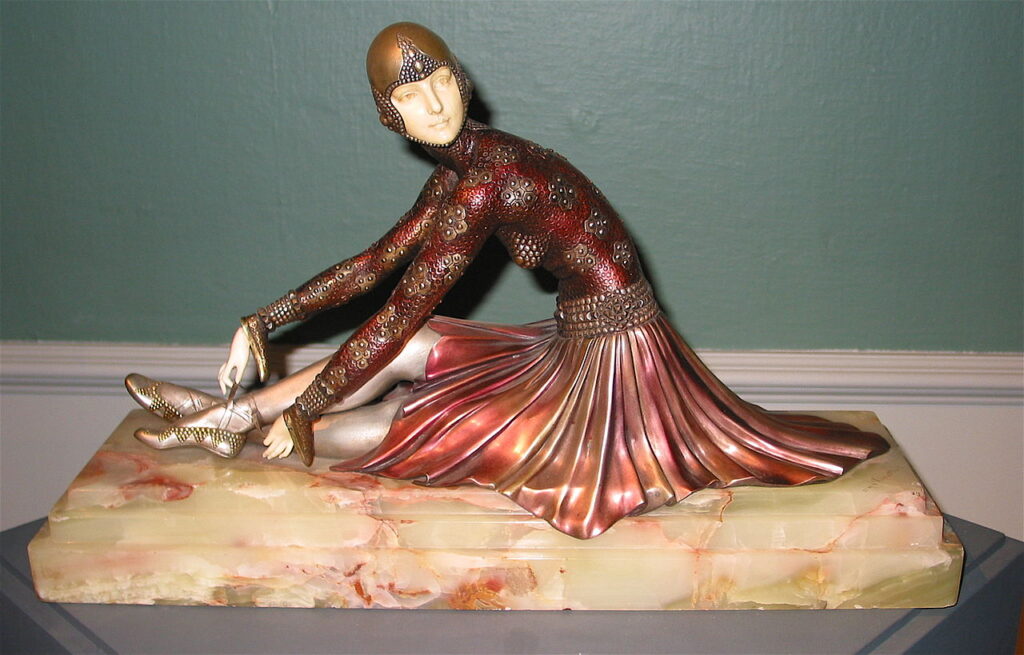
Art Deco sculptures, which emerged in the early 20th century, remain a symbol of luxury and elegance. These sculptures often feature geometric shapes, sleek lines, and an emphasis on symmetry, reflecting the modern, industrial age. Art Deco artists used materials such as bronze, glass, and ivory to create stunning works of art that were both functional and decorative. Collectors are drawn to the style’s blend of sophistication and modernity.
The Art Deco movement was known for its bold yet refined designs, and its sculptures encapsulate that philosophy. Pieces often depict female figures, animals, or stylized abstract forms. The popularity of Art Deco in the 1920s and 1930s meant that many of these sculptures were created for the elite and are now considered rare treasures. Today, they are cherished by collectors for their craftsmanship and historical importance.
Capodimonte Figurines
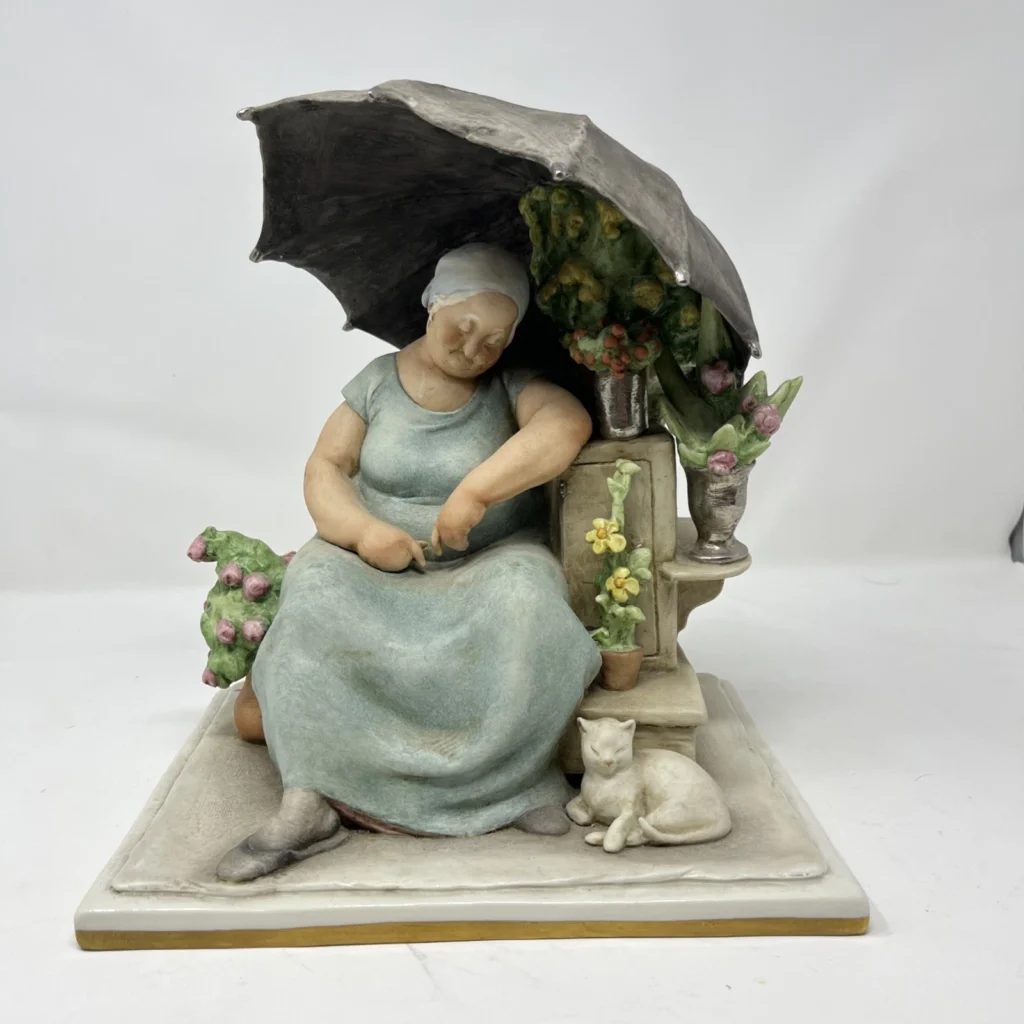
Capodimonte figurines, made in Italy, are beloved by collectors for their delicate beauty and fine craftsmanship. These porcelain figurines often feature romantic or historical themes, with highly detailed depictions of flowers, animals, and people. Capodimonte porcelain has been produced since the 18th century, and many of its figurines are hand-painted with intricate patterns and designs. The soft, porcelain finish and attention to detail make them a coveted addition to any collection.
Originating in Naples, Italy, Capodimonte porcelain is known for its exceptional quality. The figurines are often crafted using traditional techniques passed down through generations of Italian artisans. Collectors prize Capodimonte pieces for their aesthetic appeal and the prestige of owning a piece of Italian history. Today, these figurines continue to captivate those with an appreciation for fine porcelain.
Royal Copenhagen Figurines
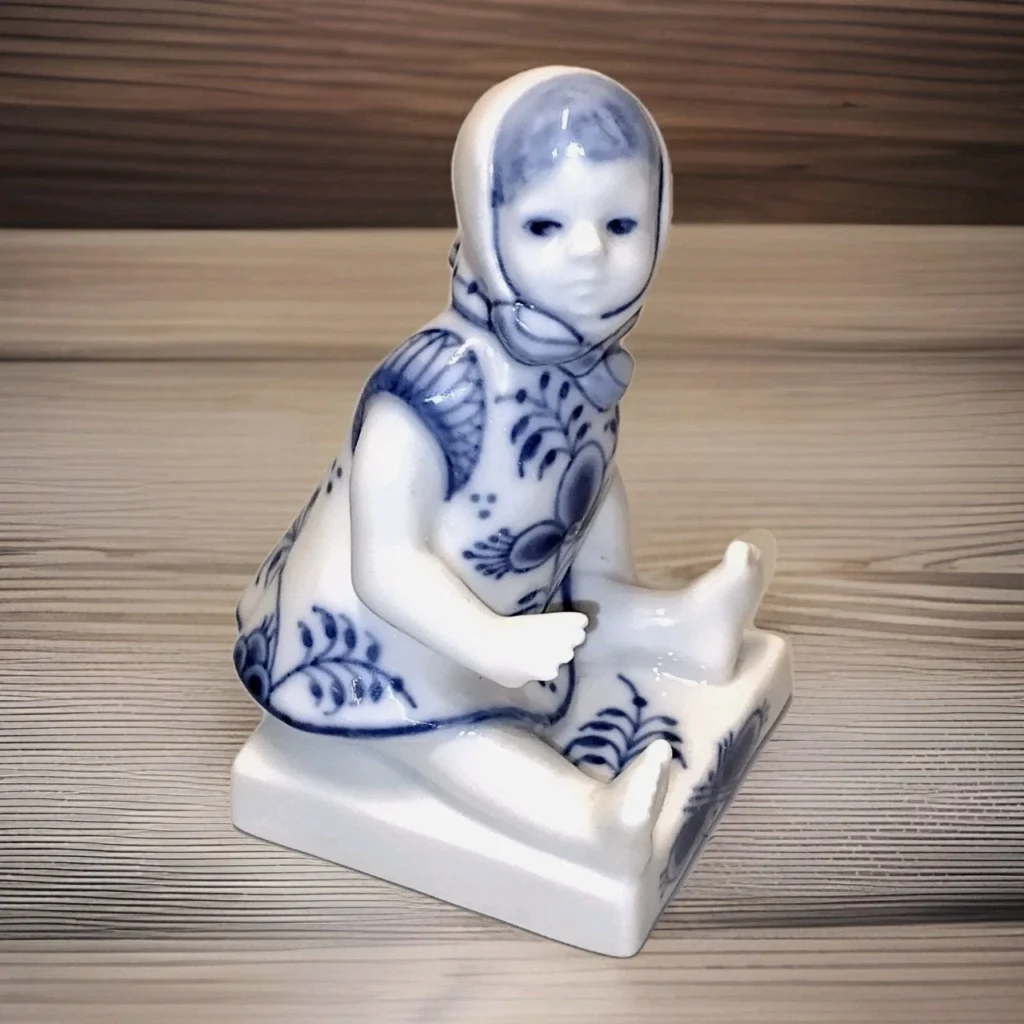
Royal Copenhagen, founded in 1775, is known for producing some of the finest porcelain figurines in the world. These figurines are highly detailed, often depicting animals, people, or scenes from nature. What makes Royal Copenhagen pieces particularly desirable is their connection to Danish heritage and their commitment to preserving traditional techniques. These figurines are often hand-painted, with each one bearing the signature of the artist.
Royal Copenhagen figurines are widely regarded for their realism and the care put into each piece. Their distinct, soft color palette and delicate brushwork give them a timeless appeal. Collectors often seek out early pieces from the 19th century, which are rarer and hold significant historical value. Today, Royal Copenhagen figurines continue to be celebrated by collectors around the world.
Lalique Crystal Figurines
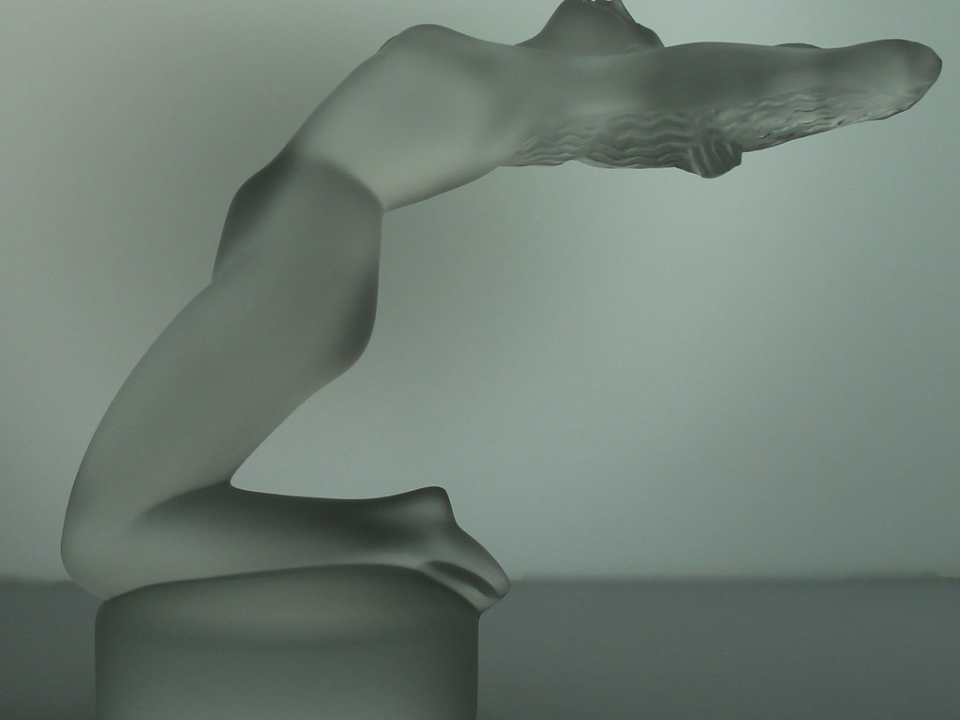
Lalique crystal figurines are renowned for their stunning craftsmanship and clarity. These figurines, often representing animals or female forms, are made using the finest crystal and are hand-carved to perfection. Founded by René Lalique in the early 20th century, the Lalique brand quickly became synonymous with luxury and fine art. These figurines are highly collectible and remain a favorite among those who appreciate fine crystal.
The beauty of Lalique’s crystal pieces lies in their ability to capture light, creating an almost magical effect. The artist’s signature style is evident in the smooth, fluid lines of each piece. Collectors value Lalique figurines not only for their elegance but also for their connection to the Art Nouveau and Art Deco movements. As a result, Lalique’s crystal works continue to be cherished by collectors worldwide.
This article originally appeared on Avocadu.
